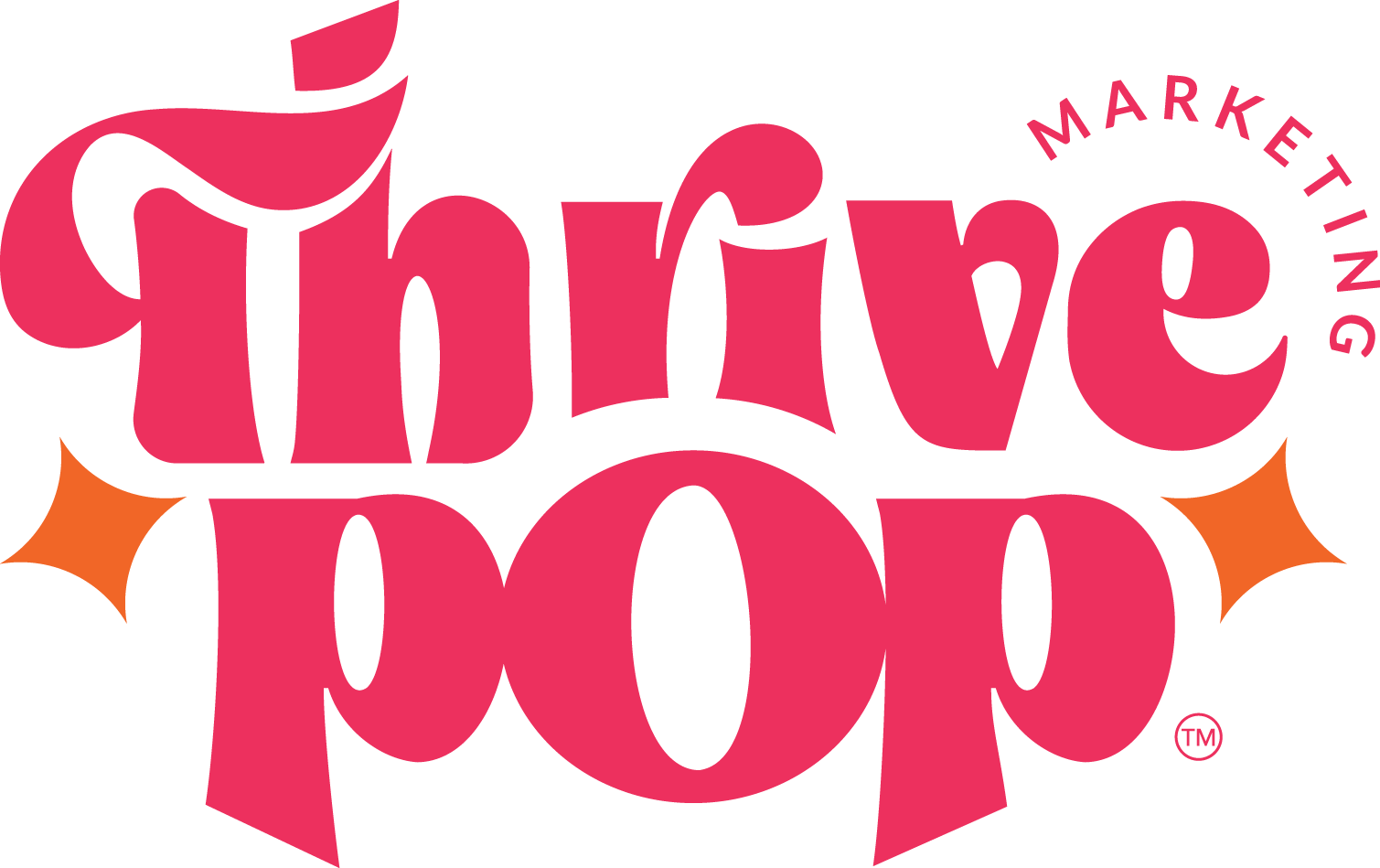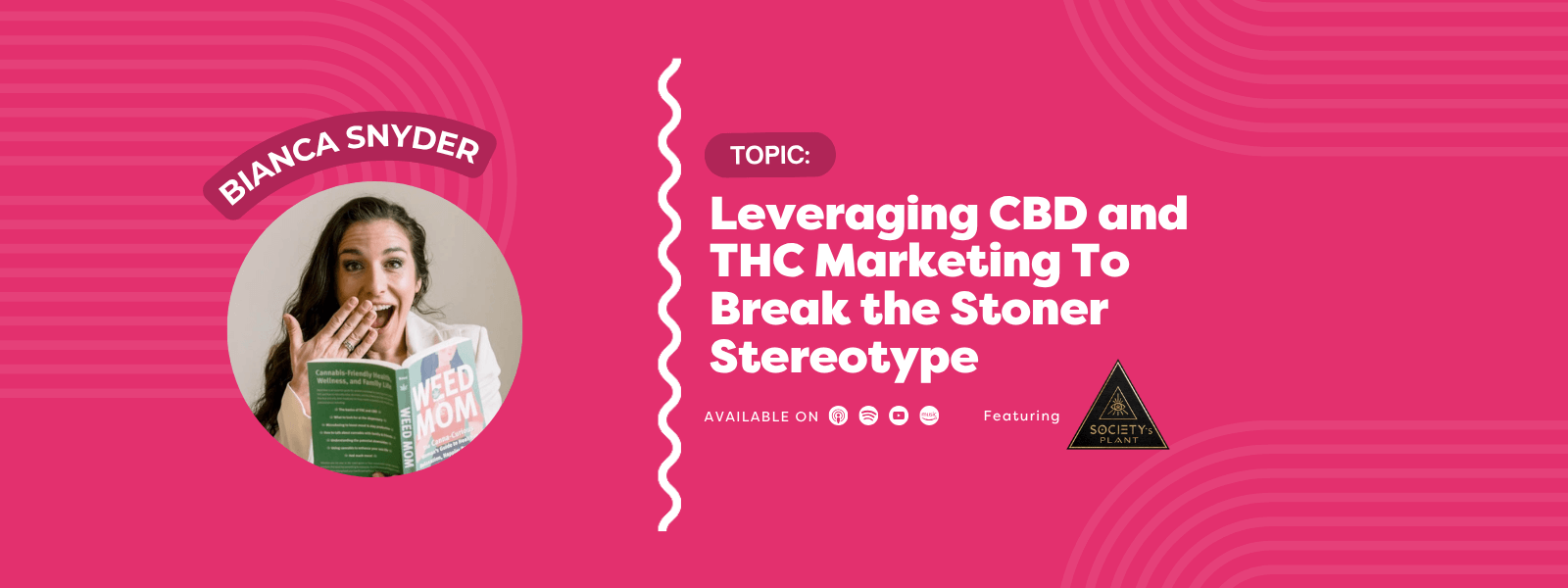In an industry where traditional advertising channels are off-limits, cannabis brands face a unique challenge: how do you build trust and influence consumer behavior without relying on paid ads or big-name endorsements?
Unlike most consumer industries, cannabis doesn’t have the luxury of broad ad campaigns, boosted posts, or celebrity partnerships plastered across billboards. Platforms like Meta and Google still block or heavily restrict cannabis-related ads, and even compliant brands often find their content flagged or shadowbanned. State regulations add another layer of complexity.
That leaves many brands wondering: if you can’t pay to be seen, how do you get seen at all?
The answer lies in social proof: the psychological phenomenon where people look to others’ actions and opinions to guide their own decisions. In cannabis, this effect is magnified. Because consumers can’t always rely on mainstream marketing or consistent product standards across states, they turn to peers, budtenders, and online communities for guidance. A five-star review, a trusted recommendation, or a piece of authentic user-generated content can do more for your brand than any paid campaign ever could.
For cannabis brands, social proof is the foundation of credibility. It builds the kind of trust that advertising dollars can’t buy and fuels the culture of word-of-mouth advocacy that has powered this industry long before legalization.
Why Social Proof Matters in Cannabis Marketing
Think about the last time you tried a new strain, visited a new dispensary, or picked up a CBD product you hadn’t heard of before. Did you click on an ad? Probably not. More likely, you asked a friend what they thought, scrolled through product reviews, or watched a grower or budtender break it down on TikTok or Reddit. That instinct to trust people over promotions is social proof in motion.
For cannabis consumers, that dynamic is amplified because of decades of stigma and inconsistent regulation; trust in the cannabis space isn’t a given; it has to be earned.
That’s why authentic voices matter so much. A single genuine review from a fellow consumer often carries more influence than a thousand-dollar ad campaign. A dispensary staff member’s recommendation can drive more loyalty than a celebrity endorsement. And a piece of user-generated content, like a photo of someone’s perfect pre-roll, a quick strain review, or a grow room tour, builds the kind of credibility you can’t buy.
In a space where misinformation and outdated stereotypes still linger, these peer-driven signals educate, not just sell. They help normalize cannabis consumption and push the industry forward by showing that cannabis consumers are informed, intentional, and connected.
Breaking it down:
UGC humanizes your brand.
Real people sharing real stories make your brand feel relatable, not corporate.
Reviews validate product quality.
Transparent feedback builds confidence in your process and products.
Community stories build credibility and culture.
Every shared experience becomes part of a larger narrative that defines who you are as a brand within the movement.
The more authentic voices you can amplify, the stronger your reputation grows organically, compliantly, and credibly.

The Challenge: Restrictions on Reviews and Endorsements
Between platform moderation, federal illegality, and a patchwork of state laws, brands operate in a constant gray area. What’s considered compliant one day can trigger a takedown the next. And even when your content is technically within the rules, algorithms don’t always care. They see a bud photo, keyword, or leaf emoji and flag it anyway.
The Platform Problem
Instagram and Facebook remain the biggest double-edged swords in cannabis marketing. They offer massive reach but carry equally massive risk. Brands regularly face deleted posts, content throttling, or even full account suspensions, sometimes with little explanation. Even simple UGC reposts that mention consumption, potency, or purchase links can trip moderation systems.
TikTok and YouTube aren’t much better. Educational or cultural content can sometimes sneak through, but anything that “promotes sale or use” is technically off-limits. That leaves marketers constantly walking a tightrope: how do you highlight your products and community without making a “promotion”?
Learn how to find the loopholes in Meta’s censorship and restrictions in our blog 5 Tips On How Cannabis Brands Can Outsmart Meta’s Censorship.
The Platform Problem
Then there’s the issue of reviews. On Google, Yelp, and other mainstream review platforms, cannabis businesses are often prevented from soliciting or displaying customer feedback in the same way traditional retailers can. Paid reviews, incentivized comments, or even automated review prompts may violate terms of service. That’s a big blow when word-of-mouth is your strongest marketing driver.
Dispensaries and brands can still receive organic reviews, but featuring or amplifying them across channels (say, sharing a screenshot of a 5-star Google review on Instagram) can be flagged as “promotional content.” Even positive feedback has to be handled carefully.
The Compliance Layer
State-level advertising and labeling laws add yet another layer. Many explicitly prohibit health or medical claims unless they’re FDA-approved. That means a testimonial like “This tincture helped my anxiety” can put your brand at legal risk, no matter how genuine it is. Regulators want to prevent unverified medical marketing, but it leaves brands in a tricky position when consumers themselves use that language in reviews or UGC.
The Bottom Line
These overlapping restrictions can make cannabis marketing feel like navigating an obstacle course blindfolded. But here’s the truth: being restricted doesn’t mean being silenced. It simply means you need to be more intentional, creative, and compliant in how you utilize social proof.
Smart brands find ways to highlight real experiences without crossing the legal line, focusing on storytelling, education, and community rather than direct promotion.
5 Smart Ways to Use Social Proof (While Staying Compliant)
1. Feature Customer Feedback on Owned Channels
Collect reviews through your website or email surveys, then display them on product pages or blog posts. Focus on experience, not medical claims.
Example: “Love how smooth this pre-roll burns and how chill the vibe is.”
Avoid: “This strain cured my anxiety.”
2. Highlight Community Stories
Instead of testimonials, spotlight your community. Feature customers, budtenders, or growers in short profiles, how they discovered your brand, their favorite rituals, or what cannabis culture means to them. It’s UGC storytelling without crossing compliance lines.
3. Leverage Platform-Safe UGC
Encourage customers to tag your brand using neutral hashtags (e.g., #420culture, #CannabisCommunity, #PlantWellness) rather than brand or strain names.
Then, use permissions-based reposting on owned platforms, such as your newsletter, blog, or private community group.
4. Turn Data into Social Proof
Share stats from your community:
- “Over 1,200 customers have joined our rewards program.”
- “Our top-rated strain this month? Sunset Sherbert 🍧”
Numbers are powerful validators and 100% compliant.
5. Collaborate with Micro-Influencers
Partner with local creators or educators who focus on education and culture, not sales. These collaborations can build authentic credibility while avoiding ad violations.
Want to know more about how to market your cannabis brand on social? Listen to our podcast episode, Social Media Savvy: Navigating Marketing for the Cannabis Industry.

Staying Safe: Compliance Tips
To protect your brand:
- Always get written permission before reposting user content.
- Avoid health or medical claims, focus on effects, flavor, and experience.
- Check state-level guidelines regularly; what’s allowed in California might not fly in Florida.
- If in doubt, consult a cannabis compliance expert before publishing.

The Bigger Picture: Community Is the New Marketing
Cannabis marketing is shifting fast. The most successful brands today aren’t shouting the loudest; they’re listening the closest.
Social proof works because it puts real voices at the center. It builds trust in a market still fighting stigma and misinformation. And it helps your brand grow organically, through connection and credibility.
Restrictions might limit what you can say, but they can’t stop what your community can say for you.
Common FAQ’s
- What is social proof in cannabis marketing?
Social proof refers to the influence that others’ opinions, actions, or experiences have on consumer behavior. Cannabis marketing includes reviews, testimonials, user-generated content (UGC), and community engagement that help build trust and credibility for a brand.
- Why is social proof especially important for cannabis brands?
Because cannabis brands face strict advertising restrictions on platforms like Meta and Google, social proof becomes a vital trust-builder. Real experiences shared by customers, budtenders, and community members help fill the visibility gap that paid ads can’t reach.
- What counts as user-generated content (UGC) for cannabis marketing?
UGC can include customer photos, product reviews, unboxing videos, grow room tours, or social media posts that showcase your brand or products authentically. It’s any content created by consumers, not the brand itself, that highlights real experiences.
- How can cannabis brands use reviews and UGC without violating compliance rules?
Brands should avoid reposting any content that includes health or medical claims (e.g., “this strain cured my anxiety”). Instead, focus on sharing stories about experiences, flavors, effects, and community connection. Always get permission before reposting user content and follow state-specific advertising regulations.
- Can cannabis companies ask customers to leave reviews?
Yes, but with caution. You can encourage organic reviews through surveys or post-purchase follow-ups, but avoid offering incentives or payments. Paid or solicited reviews often violate platform policies like Google and Yelp’s terms of service.
- What are the best ways to feature social proof while staying compliant?
- Showcase testimonials on your website instead of social platforms.
- Share stats like “Over 1,000 happy customers this month.”
- Highlight community stories or behind-the-scenes features.
- Collaborate with educators or micro-influencers who focus on culture, not sales.
- What platforms are safest for sharing cannabis UGC?
Owned media channels, like your website, newsletter, and blog, are safest because you control the content and compliance. Social platforms (Instagram, TikTok, YouTube) carry a higher risk of removal or account suspension, so use caution and neutral language.
- How does social proof help combat cannabis stigma?
Authentic reviews, real user stories, and educational UGC show that cannabis consumers are informed, responsible, and intentional. This helps normalize the industry, dispel stereotypes, and elevate cannabis culture overall.
- What’s the difference between a review and social proof?
A review is one form of social proof, typically involving direct feedback on a product or service. Social proof is broader; it includes reviews, testimonials, influencer collaborations, community participation, and any evidence that real people trust your brand.
- How can small cannabis brands start building social proof right now?
- Ask loyal customers to share their experiences.
- Feature staff or budtender spotlights.
- Use branded hashtags for community engagement.
- Turn data (e.g., customer counts, top strains) into visual social proof.
Always prioritize authenticity over polish.








Leave a Reply